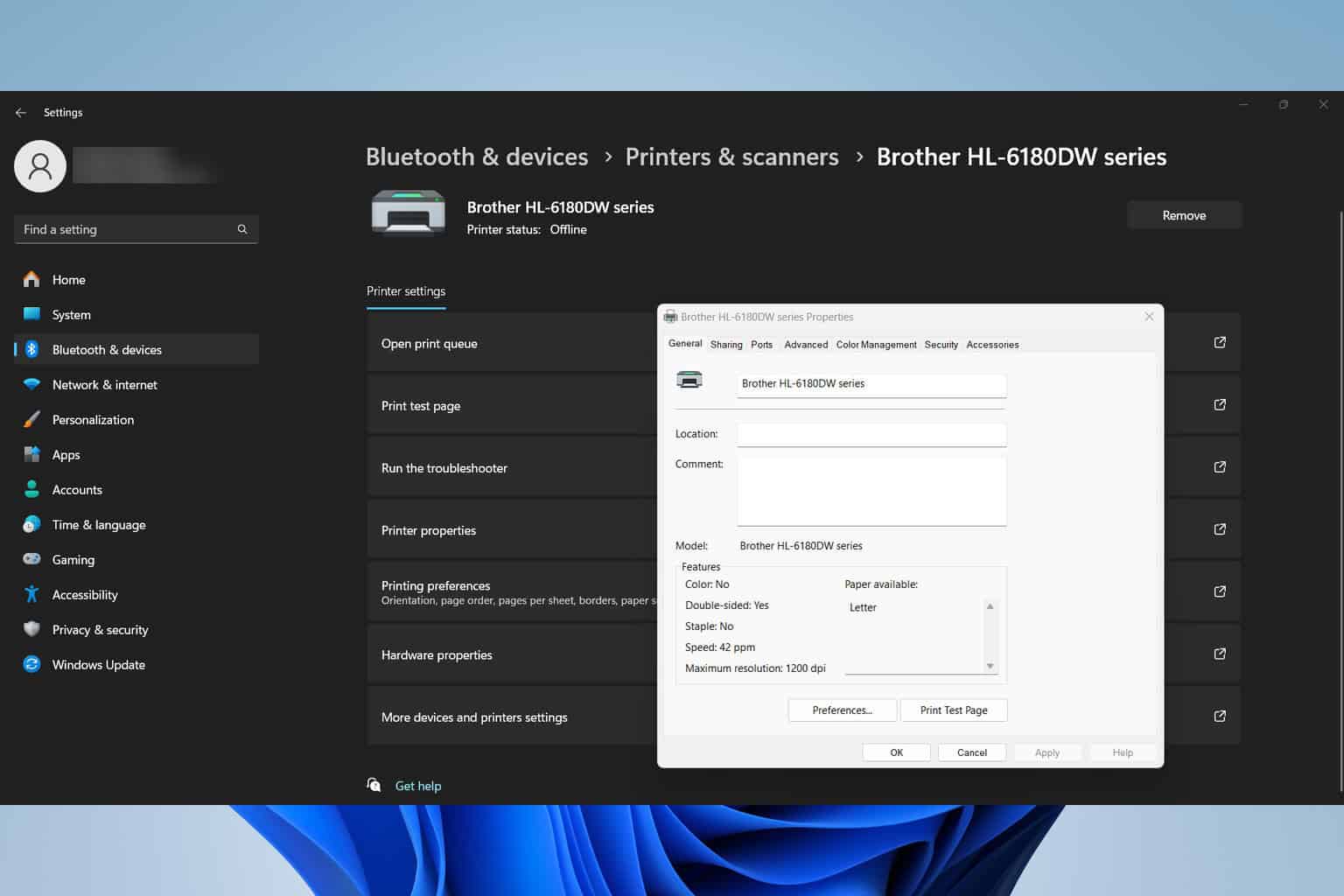What is Microsoft Graph? And why does it matter for Surface Neo and Duo?
5 min. read
Published on
Read our disclosure page to find out how can you help Windows Report sustain the editorial team Read more

Microsoft is known for many things: Windows, Office 365, and Microsoft 365 among them. But, in 2019, things are much different than they used to be. Some of Microsoft’s apps and services don’t just cover Windows. You’ll find apps like Microsoft Launcher dedicated to Android, and apps like Microsoft Edge or OneNote that span across both the Windows, MacOS, Android, and iOS worlds.
Well, Microsoft developers don’t just build apps for one device anymore, either. The same app you have on your Windows 10 PC, you typically will find on your Android or iPhone. So, have you ever wondered what empowers developers and holds together to sync up your data? The answer is the Microsoft Graph.
In this little guide, we’ll give you a quick look at Microsoft Graph, and why it’s important to understand as a Microsoft fan, especially with the recent announcement of both Surface Duo and Neo.
What is the Microsoft Graph?
Originally announced back in 2015, the Microsoft Graph has nothing to do with charts or mathematics. Instead, it is an API, part of the Microsoft 365 developer platform that connects and allows developers to build various Microsoft integrations into their apps. At the same time, it also includes APIs for some of the cloud data you’re feeding Microsoft’s services. In more recent times, this has become important for syncing things up across all your different types of devices, be it Android, iOS, or Windows. Think, multi-device, multi-sense, or what Microsoft calls cross-device experiences. Services covered by the Microsoft Graph API include the following, which Microsoft considers a “Microsoft Identity.”
- Office 365 services: Delve, Excel, Microsoft Bookings, Microsoft Teams, OneDrive, OneNote, Outlook/Exchange, Planner, and SharePoint
- Enterprise Mobility and Security services: Advanced Threat Analytics, Advanced Threat Protection, Azure Active Directory, Identity Manager, and Intune
- Windows 10 services: activities, devices, notifications, timeline
- Dynamics 365 Business Central
Specifically, in technical terms, Microsoft calls the Microsoft Graph a “unified programmability model” that developers can use to “access the tremendous amount of data in Office 365, Windows 10, and Enterprise Mobility + Security.” For you, as a Microsoft fan and consumer, this essentially means that if developers opt to come on board and integrate with the Microsoft Graph, you’ll be able to have an app or service that is designed around the Microsoft data you already own, across the different devices you own. For instance, as Microsoft describes, envision an app that pulls your Microsoft cloud data for the following situations.
- Scans your calendar to suggest meetings
- Subscribes to changes in your calendar, and sends you alerts when you’re spending way too much times in meetings
- Sort out your work and personal information on your phone
We’ll spare you the technical details and save those for later, but there are various REST API requests which work with Microsoft Graph and can be built into a developer’s apps. Examples include API requests for your profile, files, photos, mail, calendar events, manager, Office 365 groups, members in your organization, trending items around you, and notes. Again, when developers integrate Microsoft Graph APIs with an app or service, you’ll no longer be tied to your one device. You’ll have everything Microsoft you need in an app, no matter where you go.
Why does it matter for Surface Neo and Duo?
So, why does Microsoft Graph matter for Surface Neo and Duo? Well, as we highlighted above, the Microsoft Graph is multi-device, multi-sense. It syncs up everything Microsoft related, across apps and different devices, regardless of the operating system, all through the data shared in the Microsoft cloud.
This is what Microsoft calls cross-device experiences, and it is looking to be the next big bet for Surface Neo and Surface Duo. In fact, this is something that Microsoft CEO Satya Nadella specifically mentioned in an interview with Wired, pointing to the fact that Microsoft doesn’t see a devices’ operating system as important anymore, mainly due to the Microsoft Graph, and the power of the cloud.
“The operating system is no longer the most important layer for us … What is most important for us is the app model and the experience. How people are going to write apps for Duo and Neo will have a lot more to do with each other than just writing a Windows app or an Android app, because it’s going to be about the Microsoft graph.”
Essentially, Microsoft now understands that consumers, and you, the Microsoft fan are no longer just use one device. You’re on different devices, throughout the day, and Microsoft wants to reduce the friction and have its developers build apps that can sync up your activities across devices. That’s exactly why we saw the reveal of two dual-screen products revealed during the Microsoft Event on October 2.
The Surface Neo is a Windows PC, where you can be productive in the traditional sense. Then, Surface Duo is an Android/mobile extension of Surface Neo in a smaller form factor. That’s why Panos Panay stopped short of calling Duo a phone because he knows that developers will want to build apps and services that work across both devices. You’ll have Android on Duo, and Windows on Neo, with Microsoft Graph to connect them together. For Microsoft, connected services and experiences will only become more important, especially in a world where Android and iOS are first class players.








